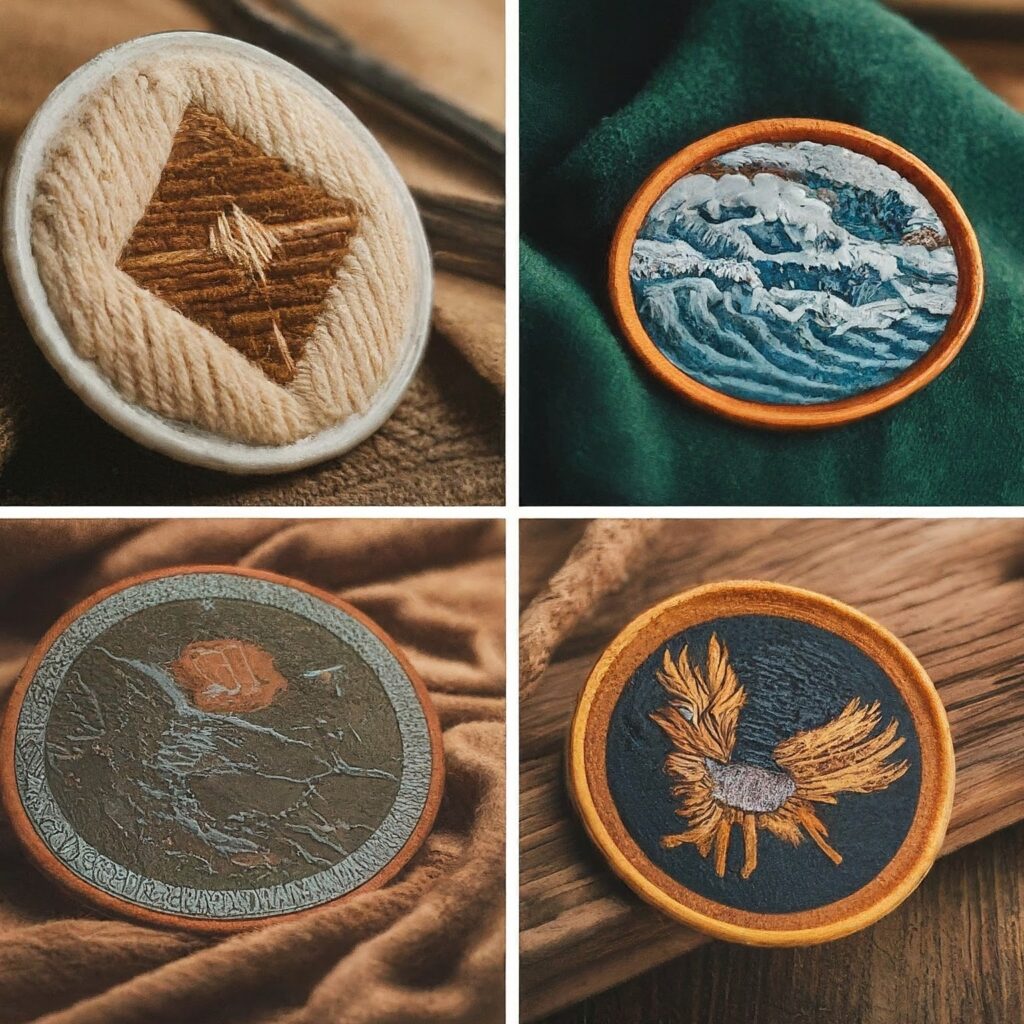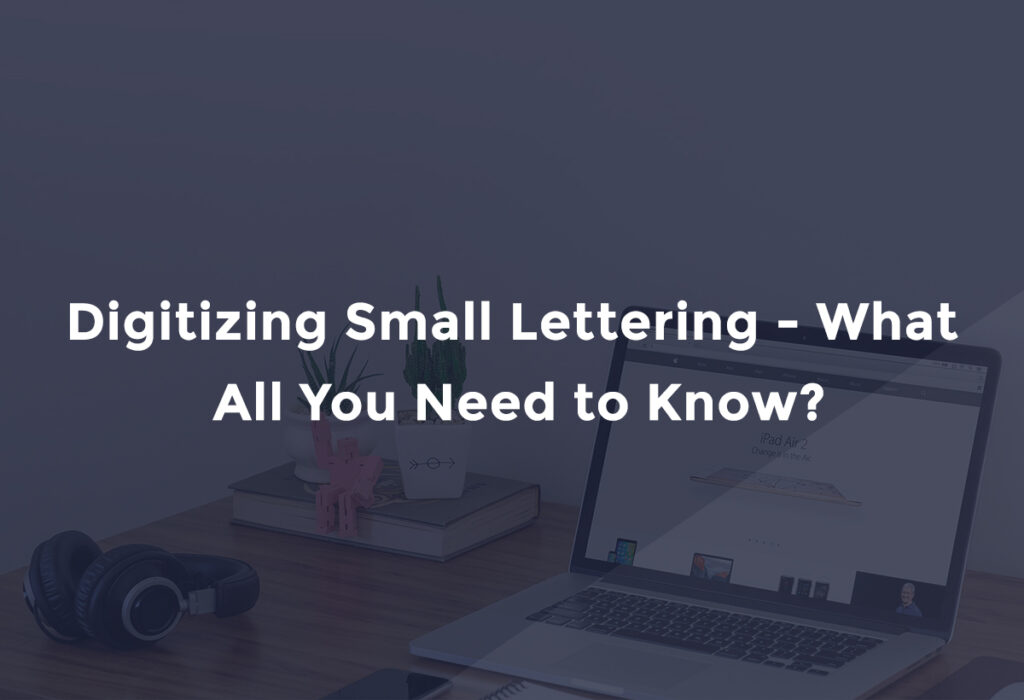Embroidered or woven? Don’t get lost in the threadbare details! This guide unravels the secrets of these popular patch styles. Discover their unique textures and dazzling details and which one reigns supreme for your project. Stitch your way to patching perfection!
Embellish your gear! Whether a classic jacket or a trendy tote, a well-chosen patch can add personality and flair. But with two popular options, woven and embroidered, choosing the right one can leave you scratching your head. Fear not, customization enthusiasts! This article delves into the intricate world of patches, unveiling the key differences between woven and embroidered styles. From texture and detail to durability and cost, we’ll guide you through the pros and cons, helping you find the perfect patch to display your unique style proudly. So, grab your needle and thread (figuratively, of course!), and let’s get stitching into the exciting world of patch perfection!
Patches have become a popular way to personalize clothing, accessories, and home decor. Whether you’re looking to add a touch of your personality to a jacket, promote your band with custom patches, or simply decorate a craft project, choosing the right patch type is crucial. Two of the most common options are woven and embroidered patches, each offering distinct advantages and drawbacks.
This guide will delve into the differences between woven and embroidered patches, equipping you with the knowledge to make an informed decision for your next project.
Appearance:
Woven Patches:
- Flat and Smooth: Unlike their raised counterparts, woven patches boast a flat, smooth surface thanks to their thin threads (flat patch, thin thread patch, lightweight patch). This creates a sleek and subtle look, ideal for intricate designs and logos.
- Detailed Magic: The fine weave of woven patches allows for exceptional detail, making them perfect for reproducing complex artwork, text, or logos (detailed patch, intricate patch). Imagine showcasing a meticulously woven portrait or your company’s intricate logo with exceptional precision.
- Color Canvas: While not limited in color options, woven patches typically focus on a more subdued palette to complement their detailed nature. You can still achieve vibrant results, but the focus is on precision rather than boldness.
- Application Versatility: Woven patches shine in their versatility, seamlessly integrating with the inner and outer surfaces of clothing (flexible patch). This makes them suitable for uniforms, bags, hats, jackets, shirts, pants, dresses, and delicate fabrics like silk.
Embroidered Patches:
- Textured Dimension: Embroidered patches add a bold touch with their raised, textured surface created by thicker threads (textured patch, thick thread patch). This lends a more playful and eye-catching presence to your design. Embroidered patches stand out with their raised, textured surface (textured patch), created by stitching threads onto a fabric base (thick thread patch). This gives them a bolder, more eye-catching presence.
- Bold Statements: Thick threads translate to bolder colors and designs, making embroidered patches perfect for logos, symbols, or simple text that demands attention. Their vibrancy stands out on casual wear like uniforms, bags, hats, vests, jackets, jeans, backpacks, and motorcycle jackets.
- Limited Detail: While embroidered patches can capture basic shapes and letters, intricate details are less achievable due to thread thickness. Simpler designs work best to maintain clarity and impact.
Durability:
Woven Patches:
- Moderate Toughness: Woven patches are generally less durable than embroidered patches due to their thinner threads. However, proper care and application can withstand regular wear and tear on most garments and accessories.
- Care Counts: To maximize the longevity of your woven patch, follow recommended care instructions, such as avoiding harsh detergents and excessive heat.
- Generally less durable: While not delicate, woven patches are generally less durable than their embroidered counterparts due to their thinner threads. However, they can still withstand regular use on most garments and accessories with proper care.
Embroidered Patches:
Built to Last: Thick threads and a sturdy base fabric make embroidered patches highly durable, perfect for items that endure heavy use or frequent washing. They stand the test of time, from uniforms to sports teams and military applications.
Highly durable: The thick threads and sturdy base fabric make embroidered patches highly resistant to wear and tear, making them ideal for heavy-duty applications and frequently washed items.
Versatility:
Woven Patches:
- Inner & Outer Charm: As mentioned earlier, the flexibility of woven patches allows them to be applied to both the inside and outside of clothing. This opens up various possibilities for customization and branding (woven label, woven applique).
- Delicate Delights: Their lightweight nature makes them ideal for delicate fabrics that might struggle with the weight of thicker embroidered patches. Think dresses, crafts, decorations, and even personalized handkerchiefs.
- Flexible: Due to their flat profile and thin threads, woven patches offer greater flexibility (flexible patch). They can be comfortably applied to the inside and outside of clothing, making them suitable for delicate fabrics and areas that bend frequently.
- Intricate designs: Their ability to handle fine details makes them perfect for intricate designs and crafts (crafts, decorations).
Embroidered Patches:
- More suitable for outer clothing: The raised texture of embroidered patches makes them more suited for outer clothing applications like uniforms, bags, hats, vests, jackets, jeans, backpacks, motorcycle jackets (uniforms, bags, hats, vests, jackets, jeans, backpacks, motorcycle jackets)..
Cost:
Woven Patches:
Budget-Friendly Choice: The faster production process and less material used generally make woven patches more affordable, especially for custom and high-quality patches. This makes them ideal for budget-conscious projects.
Typically cheaper: The faster production process and less material used to make woven patches are generally more affordable than embroidered options. This makes them a cost-effective choice for custom woven patches and high-quality woven patches (custom woven patches, high-quality woven patches).
Embroidered Patches:
Investment in Durability: The intricate stitching and thicker threads contribute to the higher cost of embroidered patches. However, consider it an investment in their superior durability and bold aesthetic.
More expensive: The thicker threads, complex stitching, and sometimes larger size contribute to a higher cost for embroidered patches.
Minimum Size:
Woven Patches:
Tiny Wonders: Thanks to their fine weave, woven patches can be produced in smaller sizes than embroidered patches. This makes them perfect for intricate details or discreet branding on labels and appliques (woven label, woven applique).
Embroidered Patches:
Limited Miniaturization: The thickness of the threads restricts the minimum size achievable with embroidered patches. While still suitable for most designs, very small details might lose clarity.
Backing:
Both woven and embroidered patches can be equipped with different backing materials to enhance their stability and attachment method. Popular options include iron-on and sew-on backings, offering flexibility to suit your project needs. Choose the backing that best aligns with the fabric and application of your patch.
Choosing the Right Patch:
The ideal patch for you ultimately depends on your specific needs and preferences. Consider the following factors:
- Desired appearance: Do you want a flat, detailed look (woven) or a bolder, textured look (embroidered)?
- Durability: How much wear and tear will the patch endure?
- Versatility: Do you need the patch to be flexible or suitable for both sides of clothing?
- Cost: What is your budget for the patch?
- Application: What will the patch be
So, the battle between woven and embroidered patches rages on, but the true victor is you! Armed with the knowledge of their unique characteristics, strengths, and weaknesses, you can now confidently choose the patch that perfectly complements your project. Remember, the “best” option ultimately depends on your needs and aesthetic preferences.
Don’t be afraid to experiment! Mix, match, layer them up, or let a single patch be the show’s star. After all, self-expression is an art form, and your patches are the brushstrokes that bring your vision to life. So, grab your needle and thread, unleash your creativity, and get ready to stitch your way to patch perfection!


